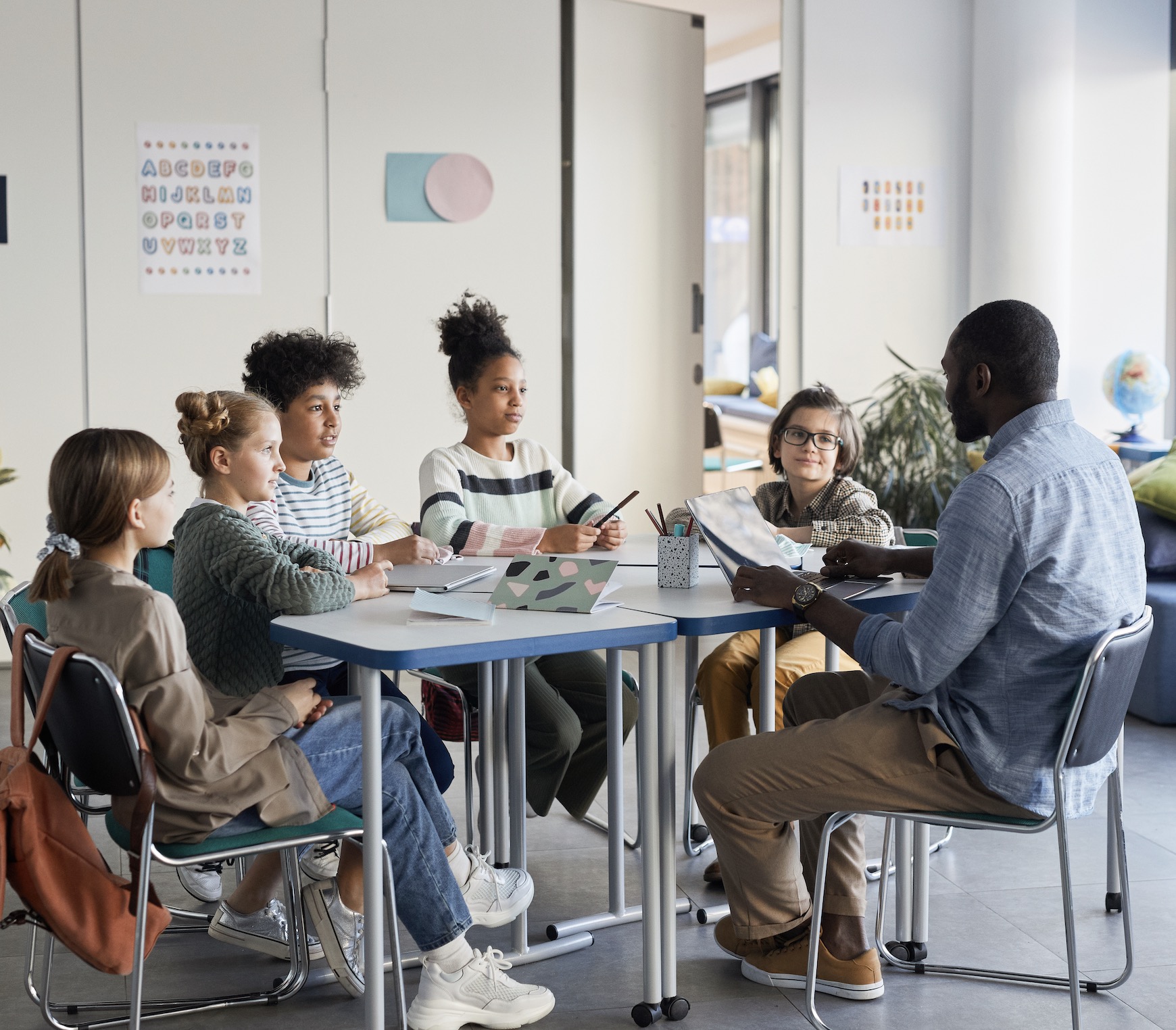Novel and Adaptive Thinking Examples in Education

Novel and Adaptive Thinking Examples in Education:
In today’s rapidly changing world, the ability to think creatively and adaptively is crucial for success. Novel and adaptive thinking refers to the capacity to come up with original solutions to problems and adjust to new situations effectively. In education, fostering these skills prepares students to navigate complex challenges and thrive in various environments.
Here are some examples and applications of novel and adaptive thinking in education:
Project-Based Learning (PBL)
Project-Based Learning (PBL) is a teaching method that engages students in exploring real-world problems and challenges. This approach encourages novel and adaptive thinking by allowing students to work on projects that require creative problem-solving and collaboration.
- Example: In a PBL environment, students might work on a project to design a sustainable community garden. They need to research environmental science, engage with community stakeholders, and create innovative solutions to issues like water conservation and soil health. This hands-on experience cultivates their ability to think creatively and adapt their strategies as new information emerges.
Flipped Classrooms
The flipped classroom model reverses traditional teaching methods by delivering instructional content outside of the classroom, often through videos, and using class time for interactive activities. This approach promotes adaptive thinking as students take control of their learning pace and engage in problem-solving activities during class.
- Example: In a flipped science classroom, students watch a video lecture on the principles of physics at home. During class, they work in groups to conduct experiments and solve complex problems, applying the concepts they’ve learned. This model encourages students to adapt their understanding and approach based on hands-on experiences and peer collaboration.
Maker Education
Maker education focuses on learning through making, where students design and create projects using various materials and technologies. This method fosters novel thinking by encouraging experimentation and innovation.
- Example: In a maker education setting, students might use 3D printers to create prototypes of inventions that address everyday problems. They learn to think outside the box and adapt their designs based on feedback and testing, enhancing their creative and adaptive skills.
Interdisciplinary Learning
Interdisciplinary learning integrates multiple subjects to provide a more comprehensive understanding of complex topics. This approach encourages students to draw connections between different areas of knowledge and apply adaptive thinking to solve multifaceted problems.
- Example: A project that combines history, literature, and technology might involve students creating a digital exhibit on a historical event. They need to research historical facts, analyze literary sources, and use digital tools to present their findings creatively. This interdisciplinary approach helps students develop novel solutions and adapt their thinking across different disciplines.
Problem-Based Learning (PrBL)
Problem-Based Learning (PrBL) centers around students learning through the experience of solving an open-ended problem. This method encourages both novel and adaptive thinking by immersing students in real-world challenges that require innovative solutions.
- Example: In a problem-based learning scenario, students might be tasked with developing a plan to reduce plastic waste in their school. They must research the issue, brainstorm creative solutions, and implement their ideas, adapting their approach based on the results and feedback they receive.
Gamification
Gamification involves incorporating game elements into educational activities to make learning more engaging and interactive. This approach promotes adaptive thinking as students must strategize and make decisions based on changing game scenarios.
- Example: A history teacher might use a simulation game where students must navigate the complexities of running a medieval kingdom. Students need to make adaptive decisions about resource management, diplomacy, and defense, learning to think on their feet and adjust their strategies as the game progresses.
Design Thinking
Design thinking is a problem-solving approach that involves empathizing with users, defining problems, ideating, prototyping, and testing solutions. This method fosters both novel and adaptive thinking by encouraging a user-centered approach to innovation.
- Example: In a design thinking project, students might work on creating an app to help their peers manage homework and study schedules. They need to understand the needs of their users, brainstorm creative features, and continuously test and refine their app based on user feedback, developing their ability to think creatively and adaptively.
Incorporating novel and adaptive thinking into education prepares students to face future challenges with creativity and flexibility. Methods like project-based learning, flipped classrooms, maker education, interdisciplinary learning, problem-based learning, gamification, and design thinking are powerful tools for fostering these essential skills. By encouraging students to think outside the box and adapt to new situations, educators can help them become innovative and resilient problem solvers.
